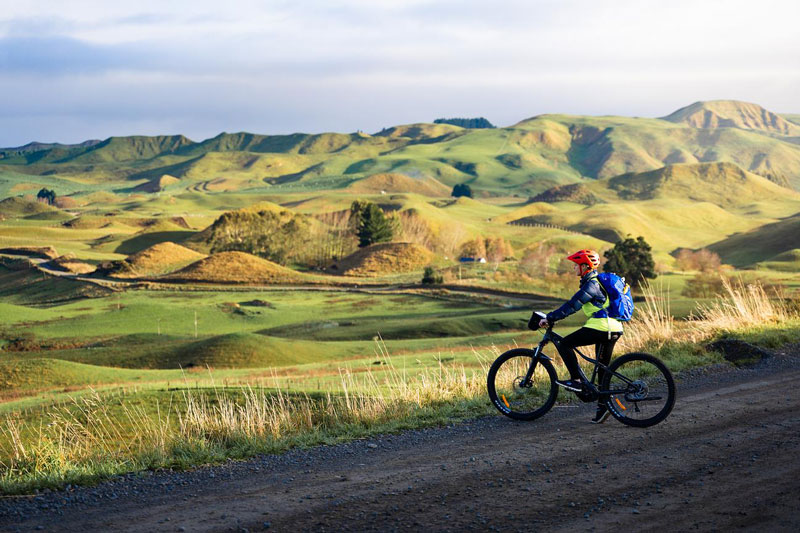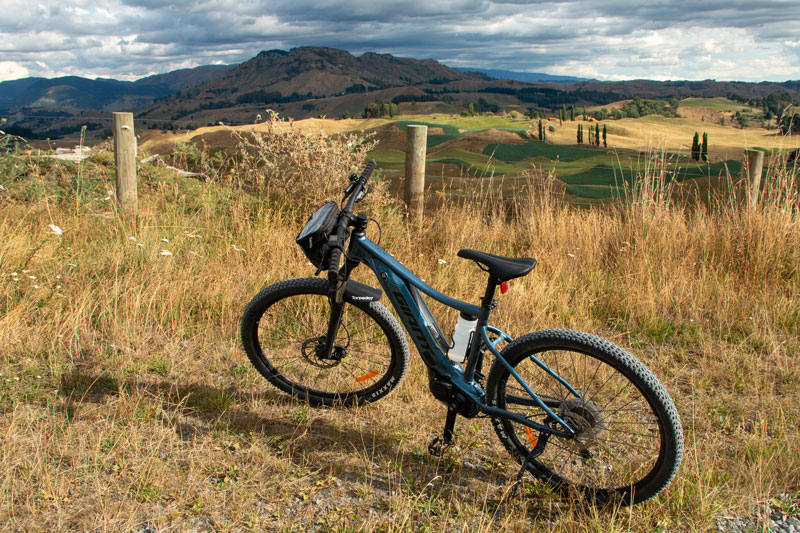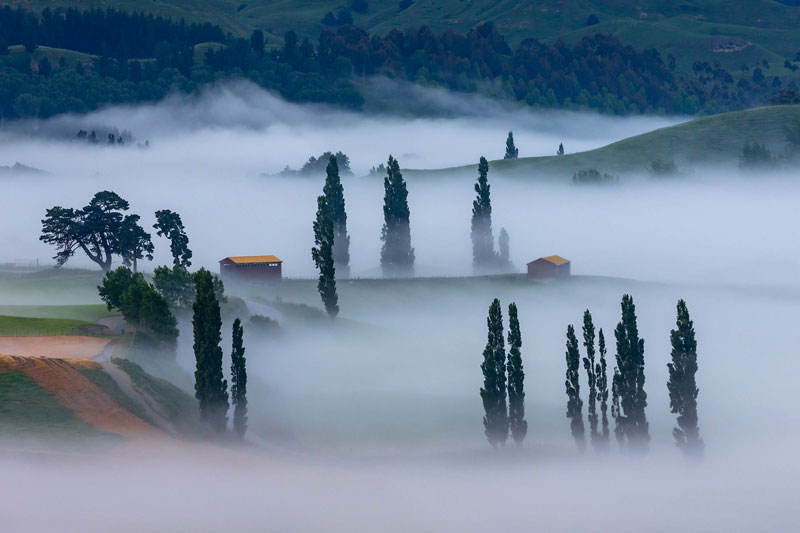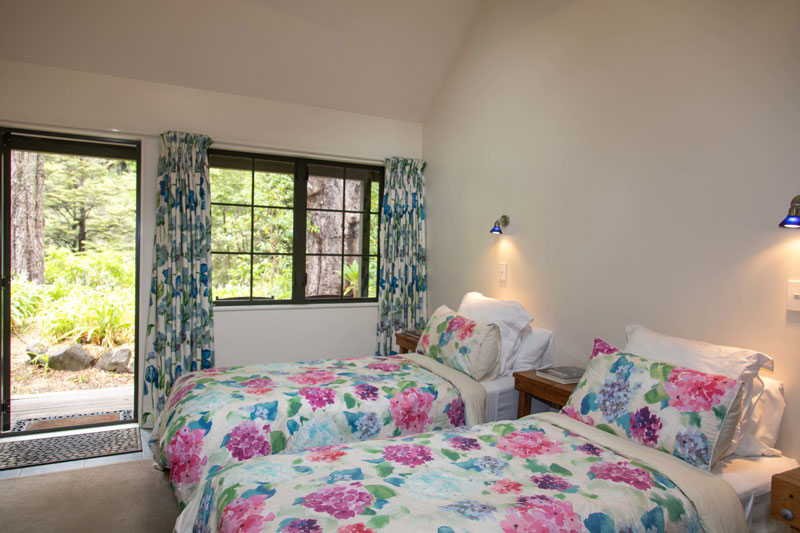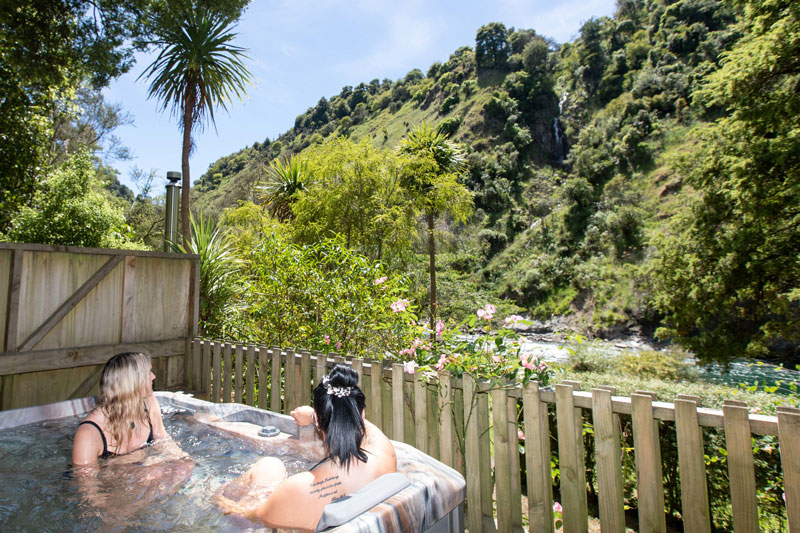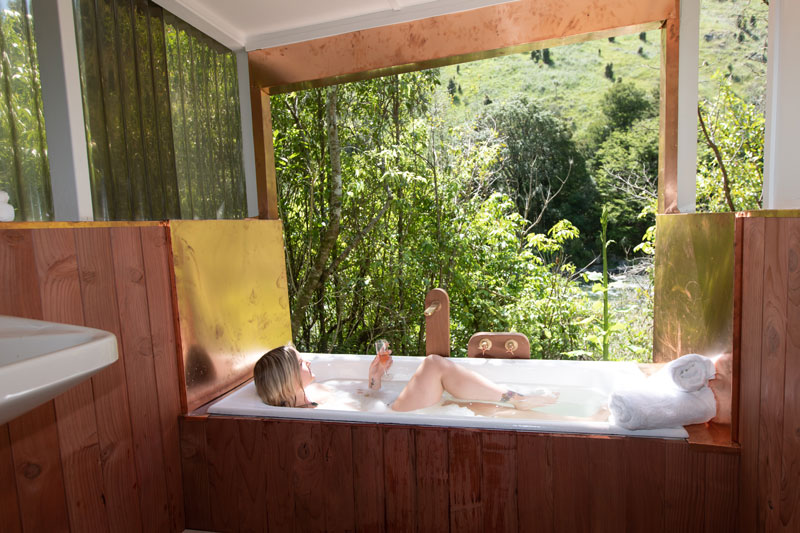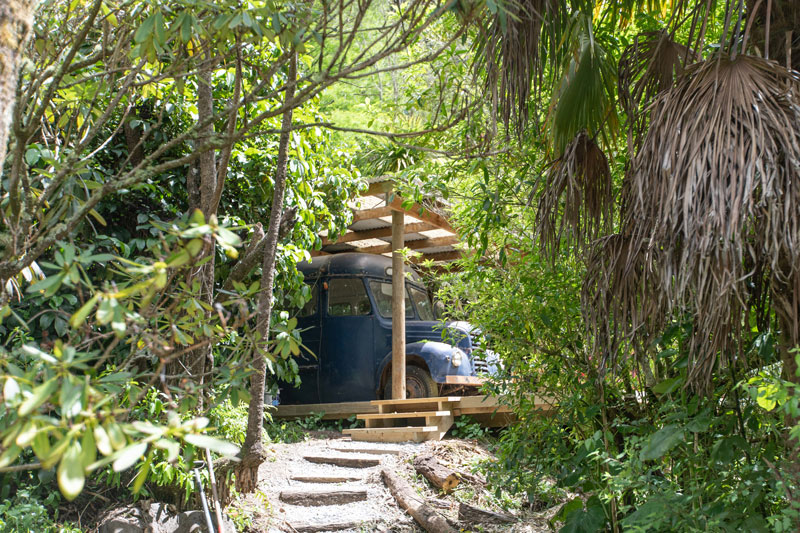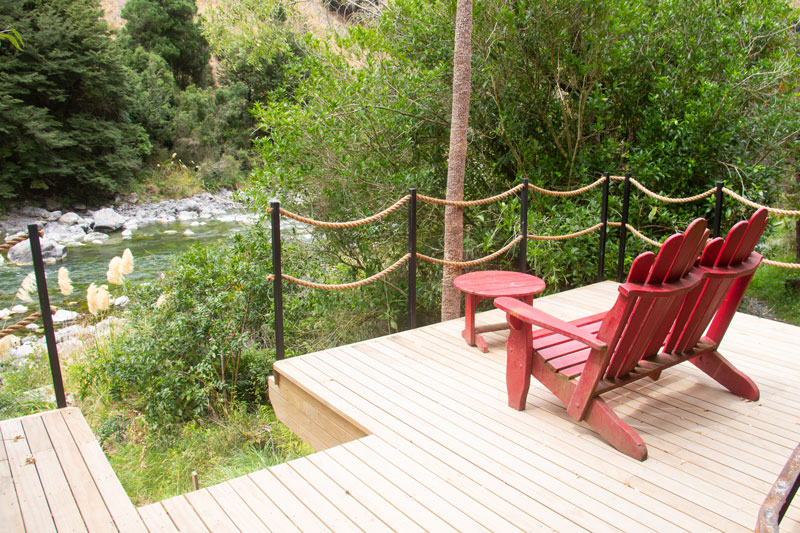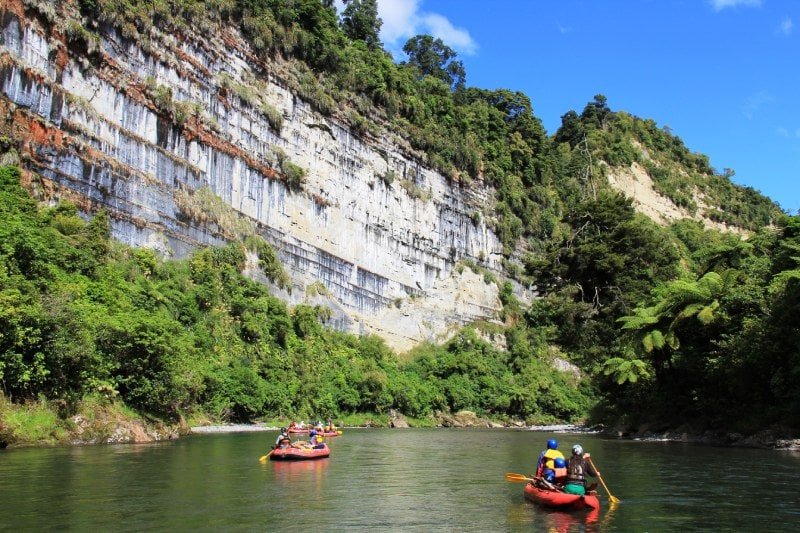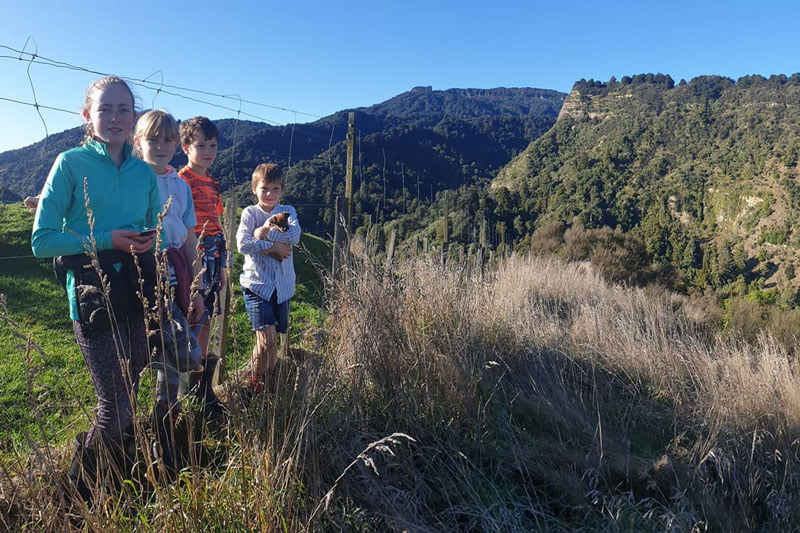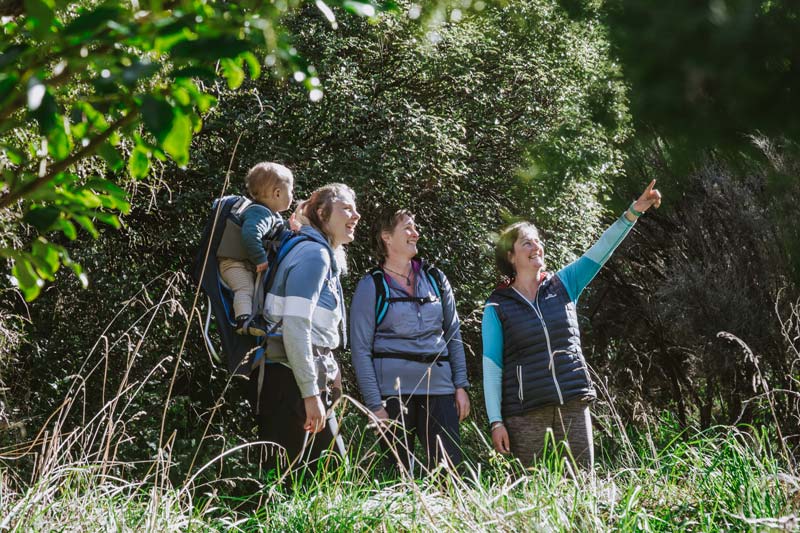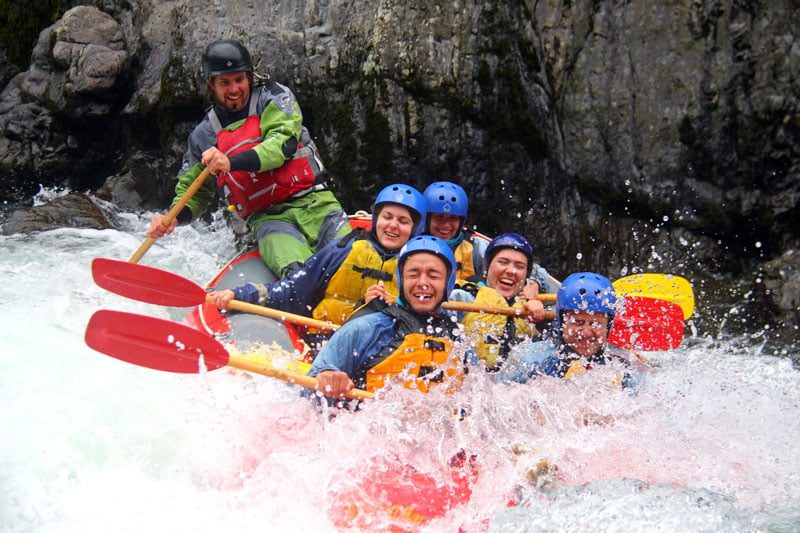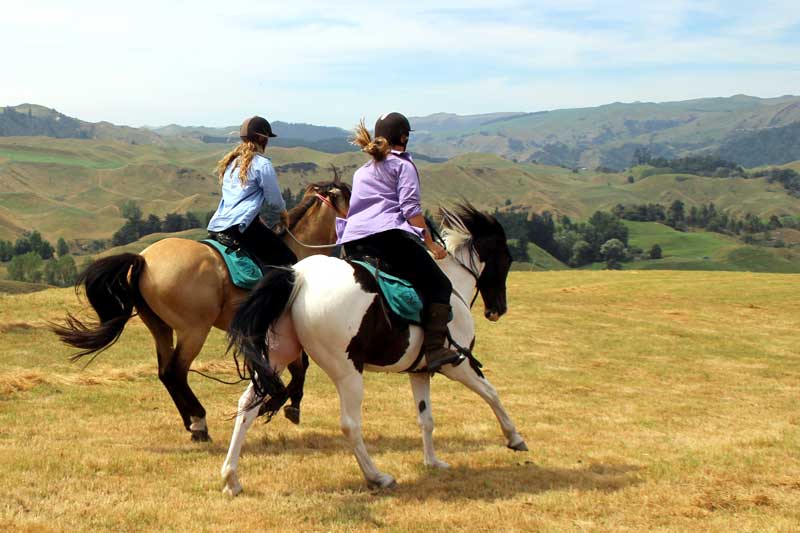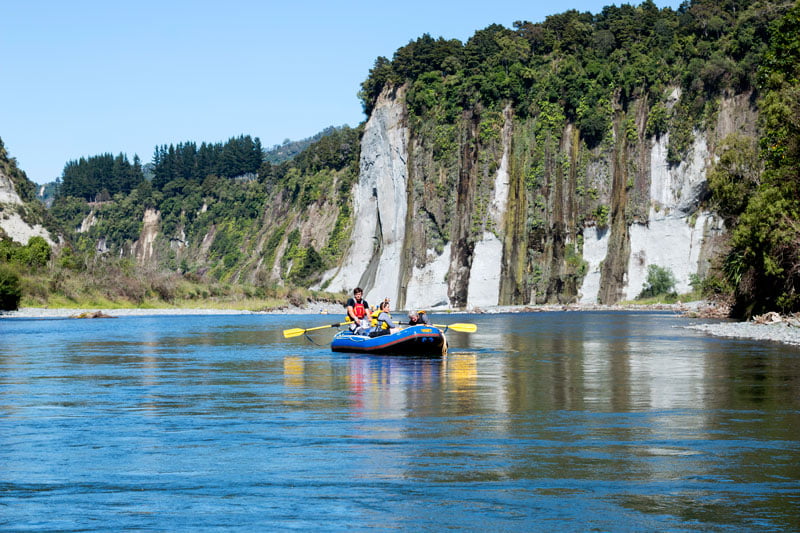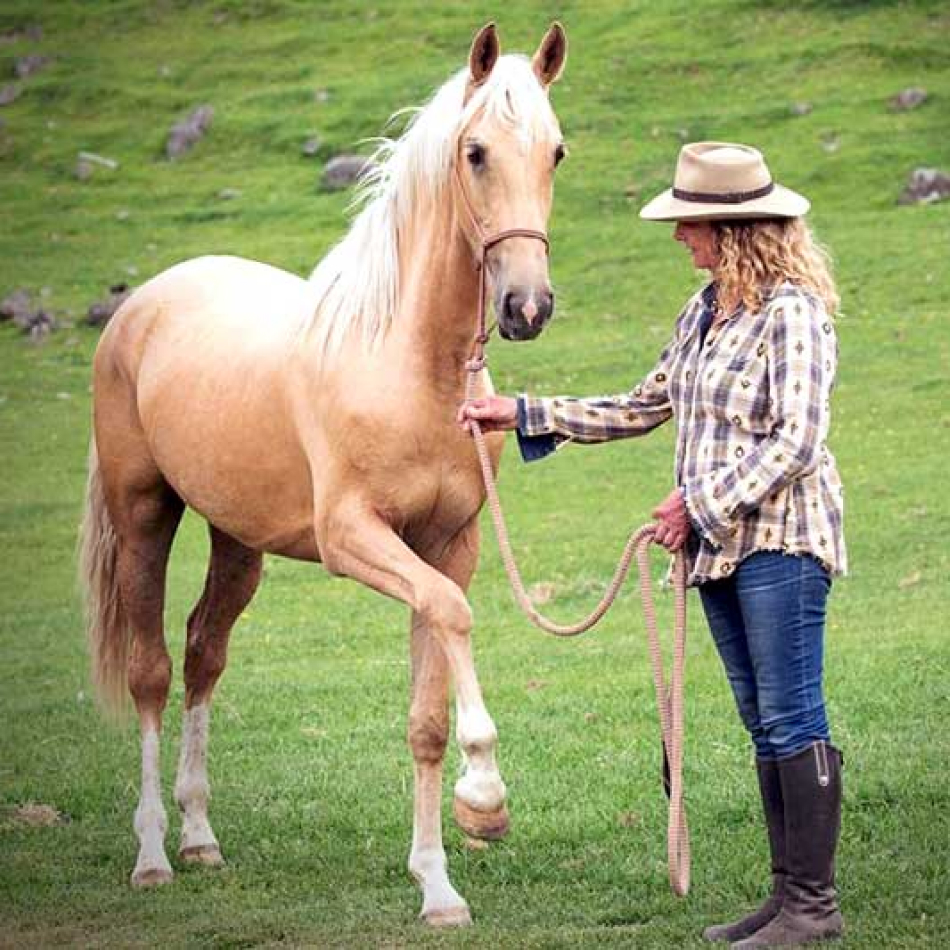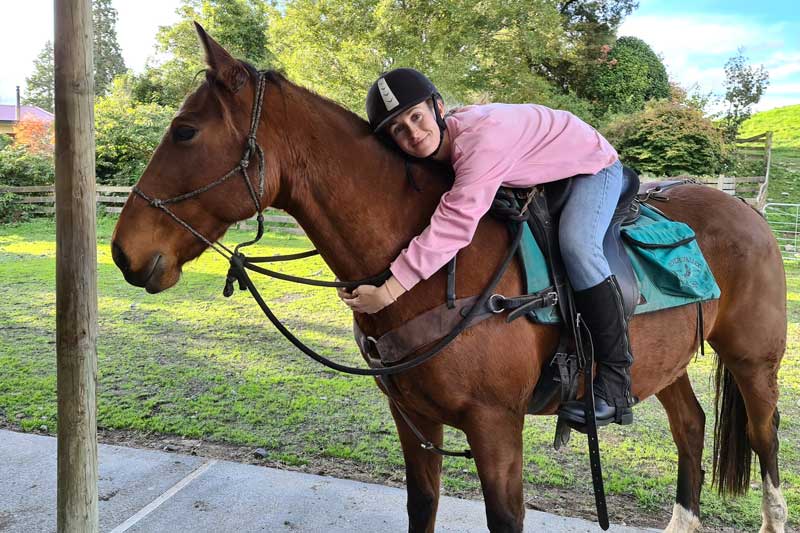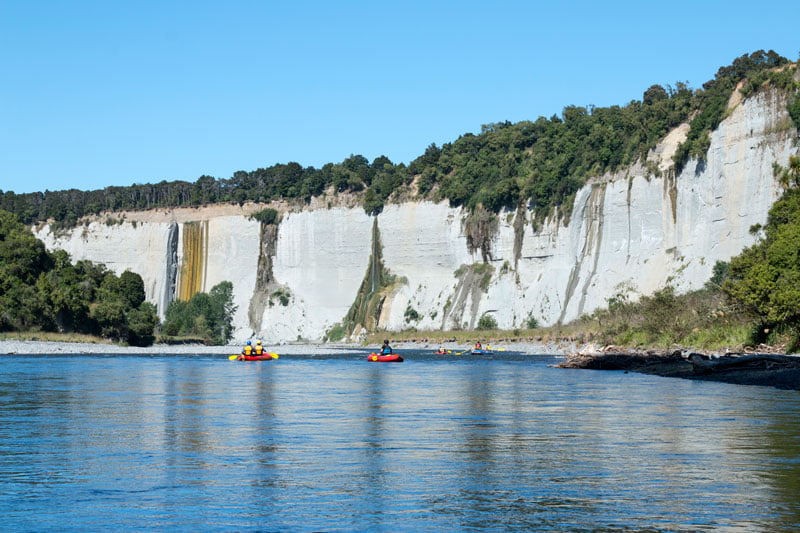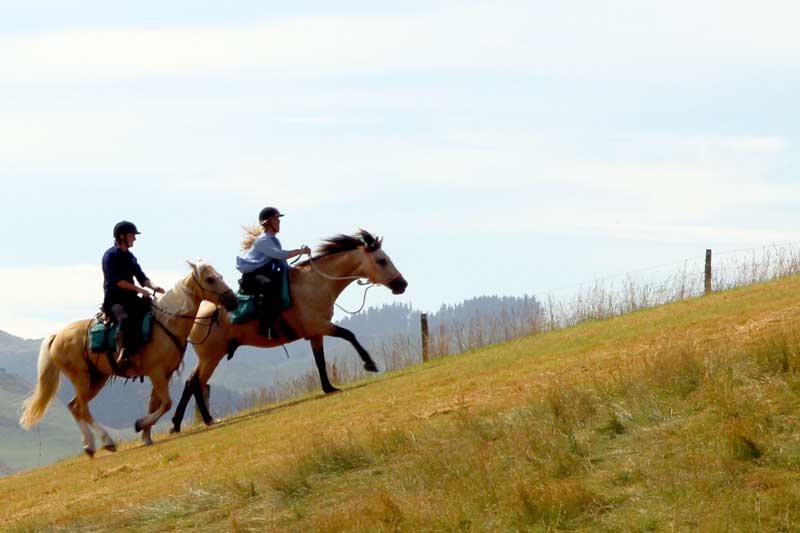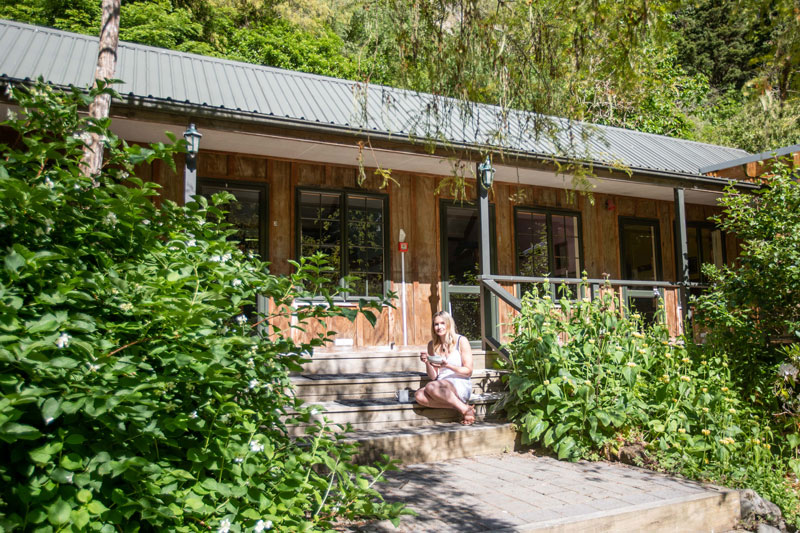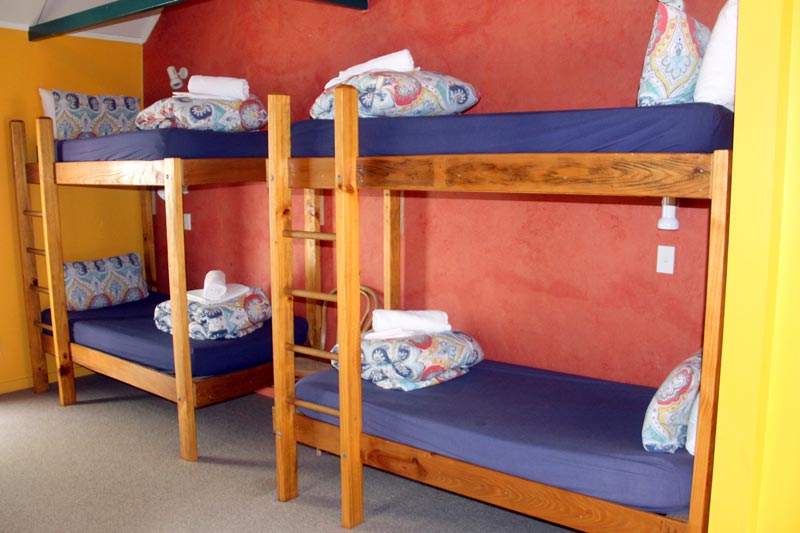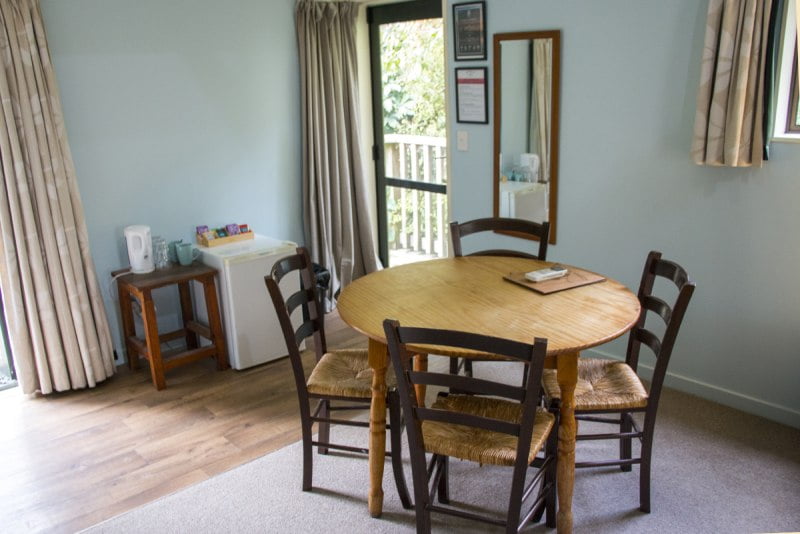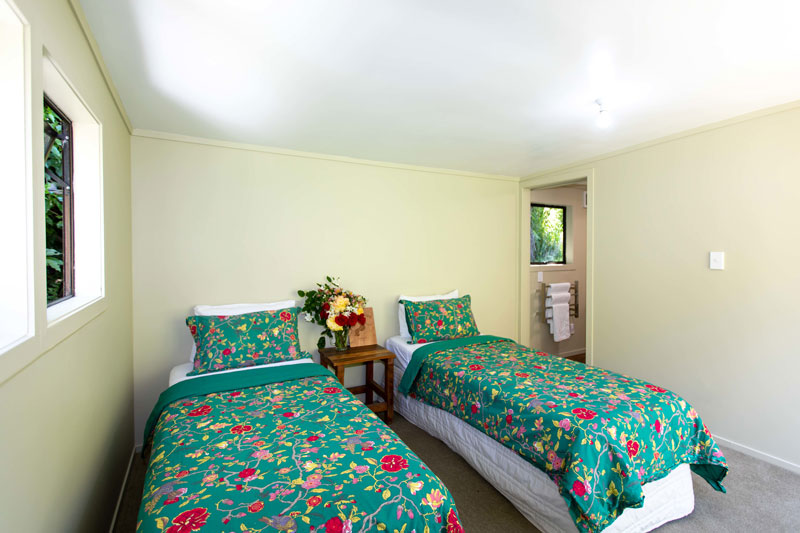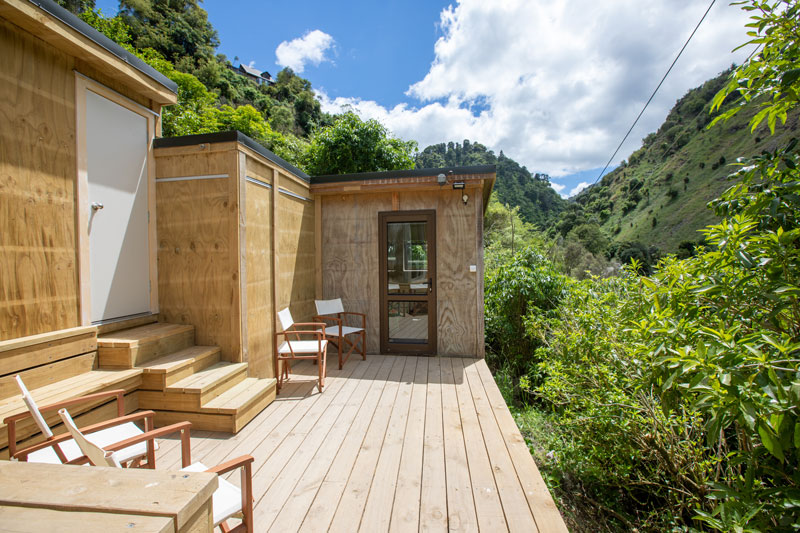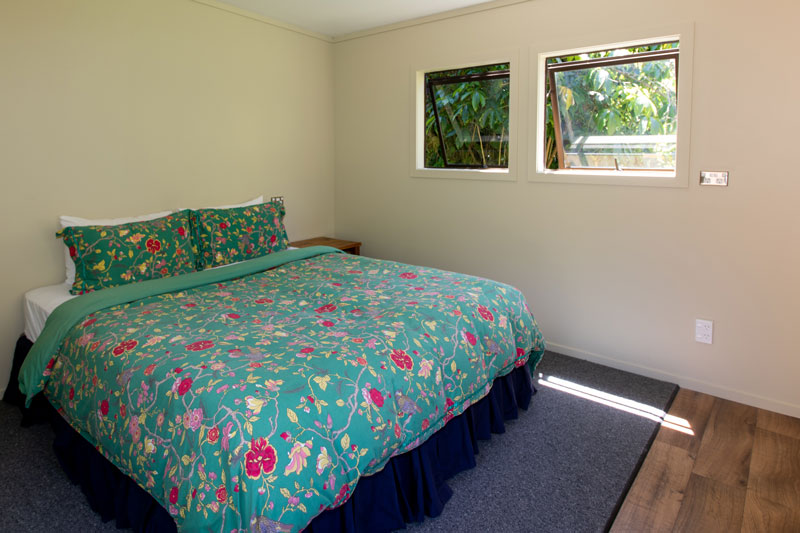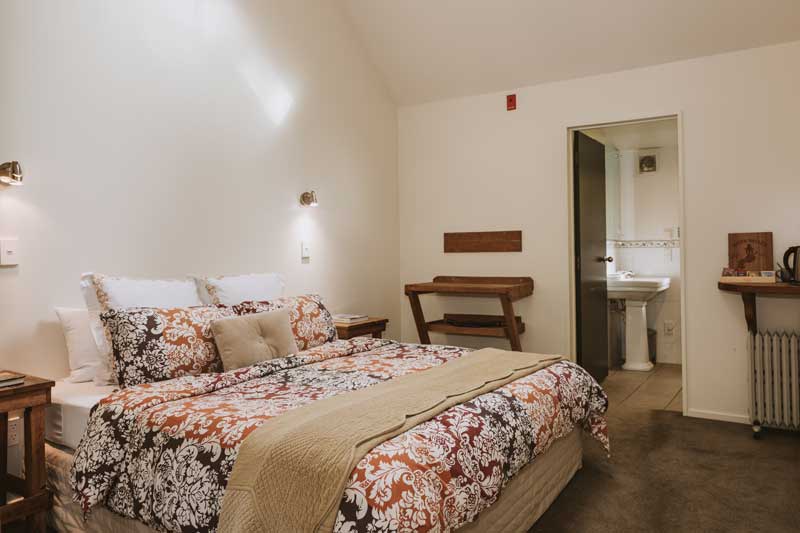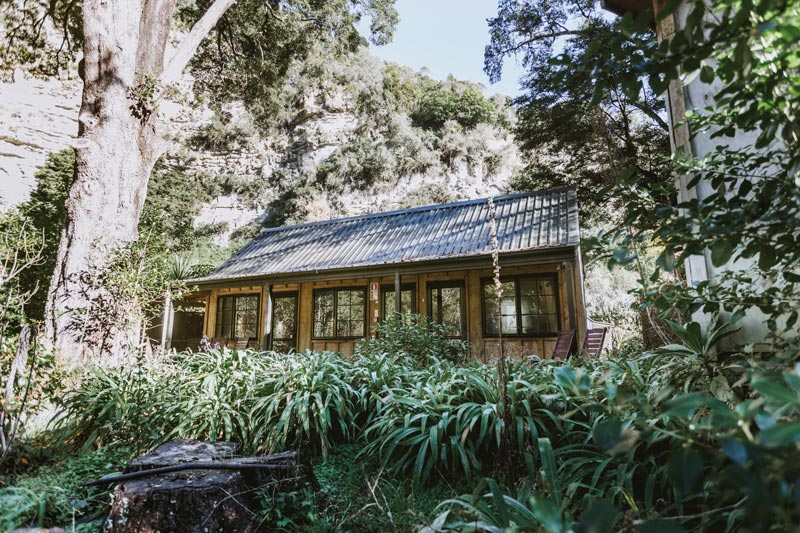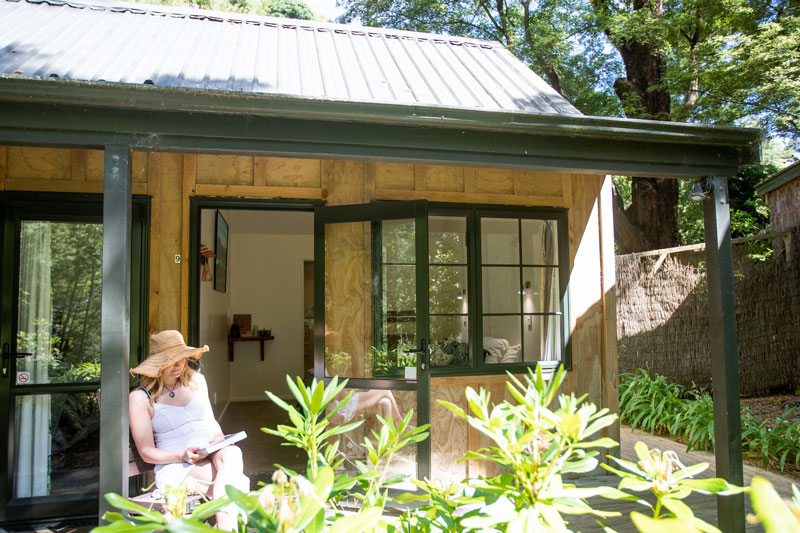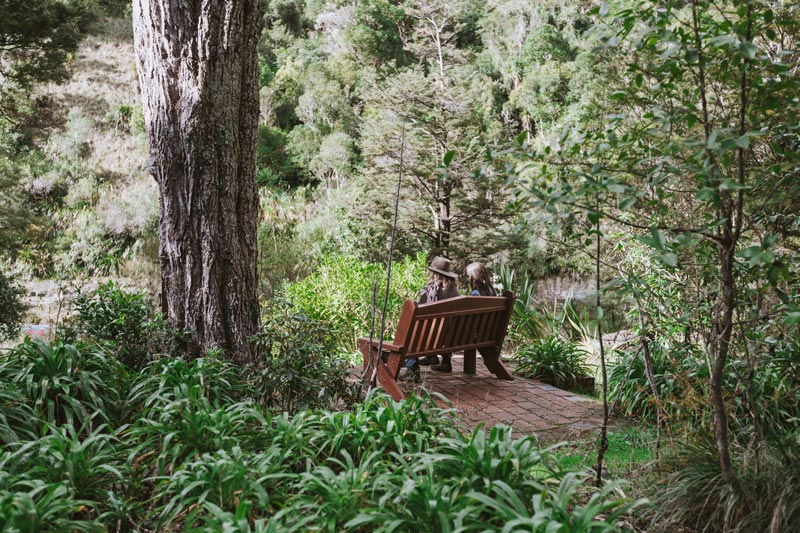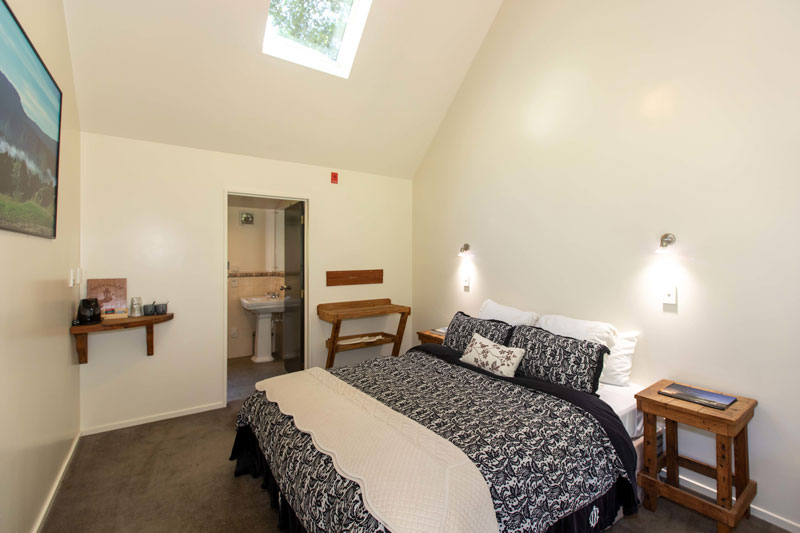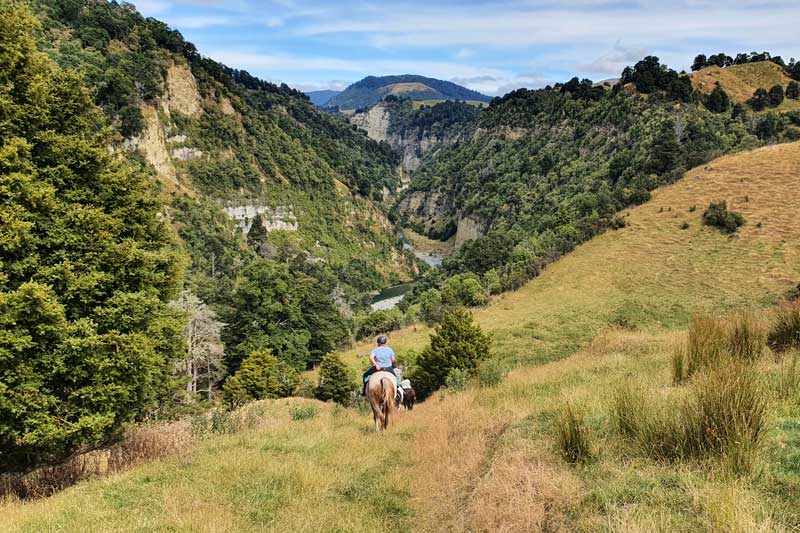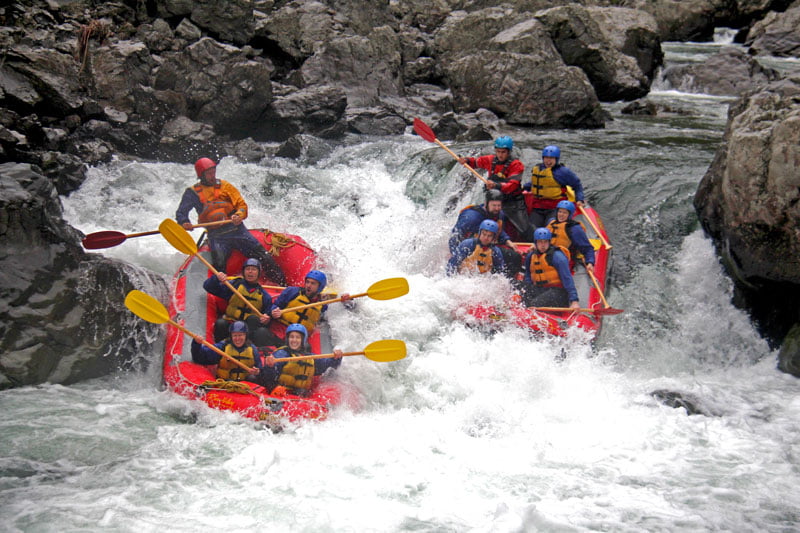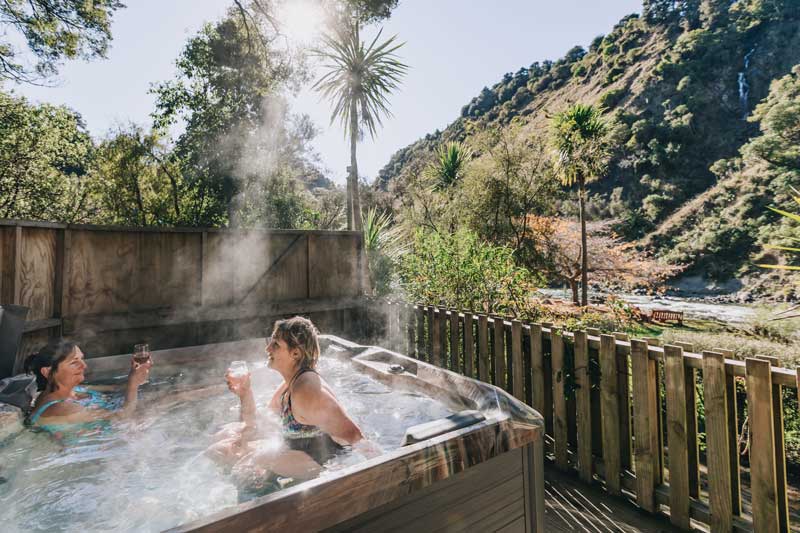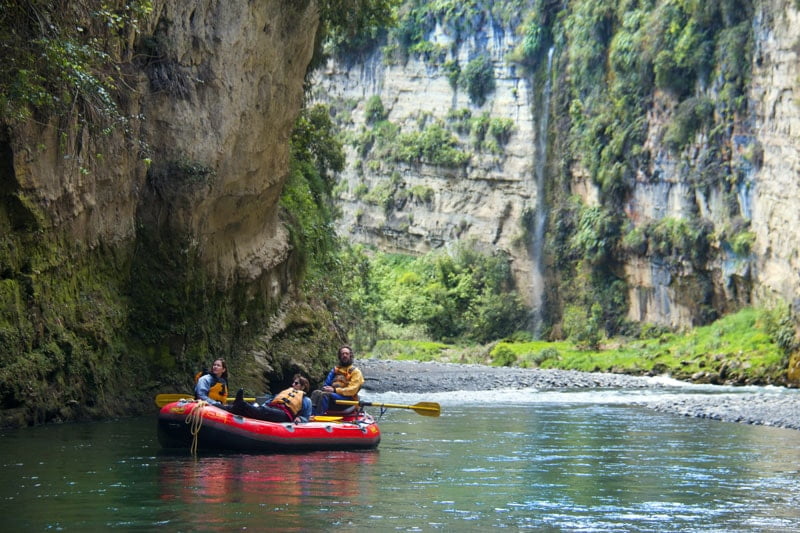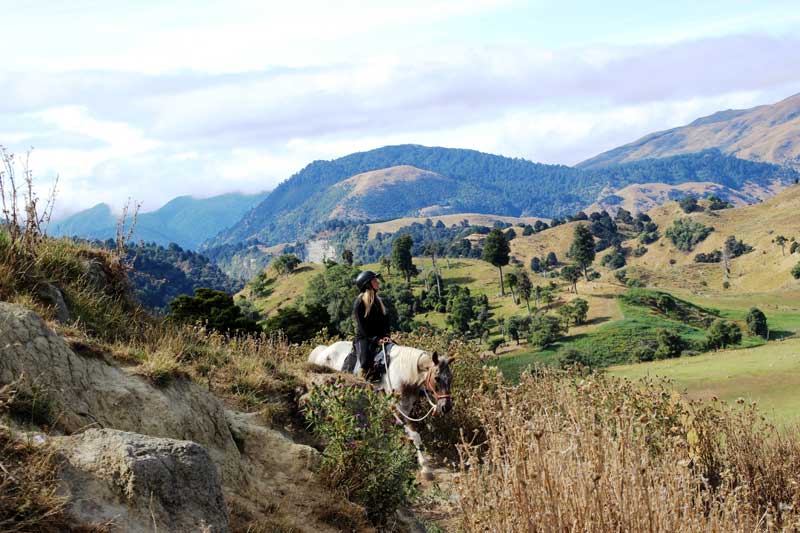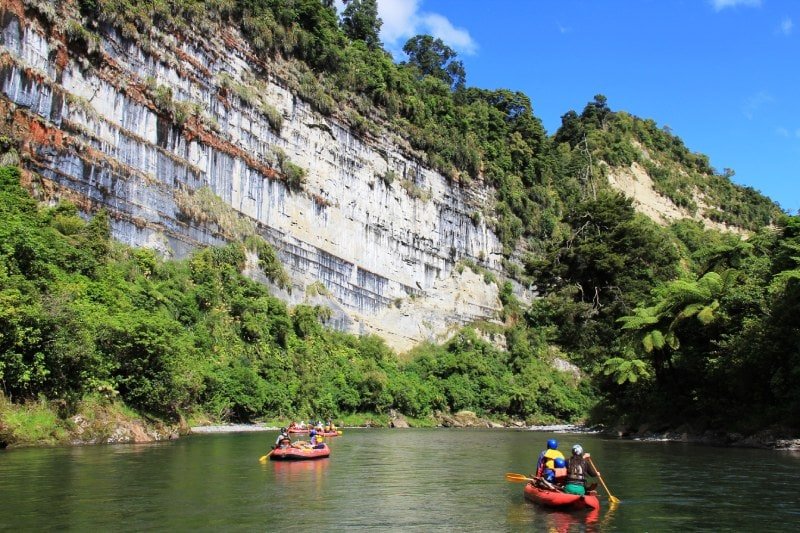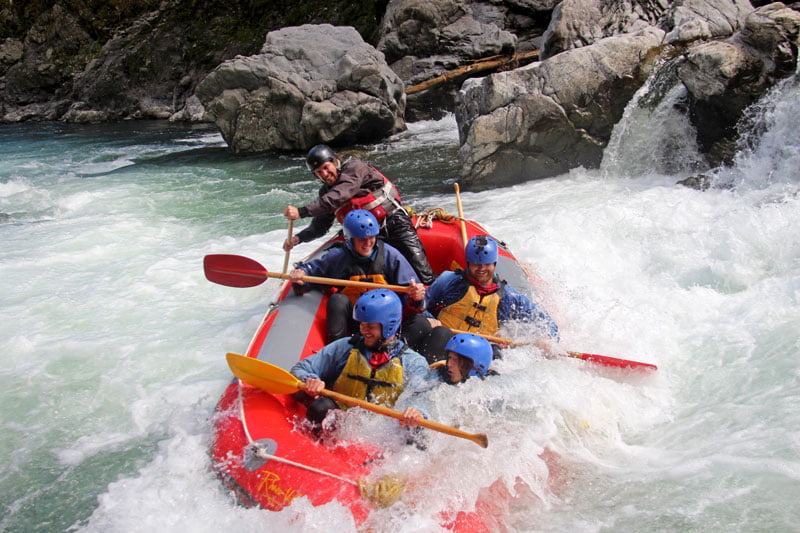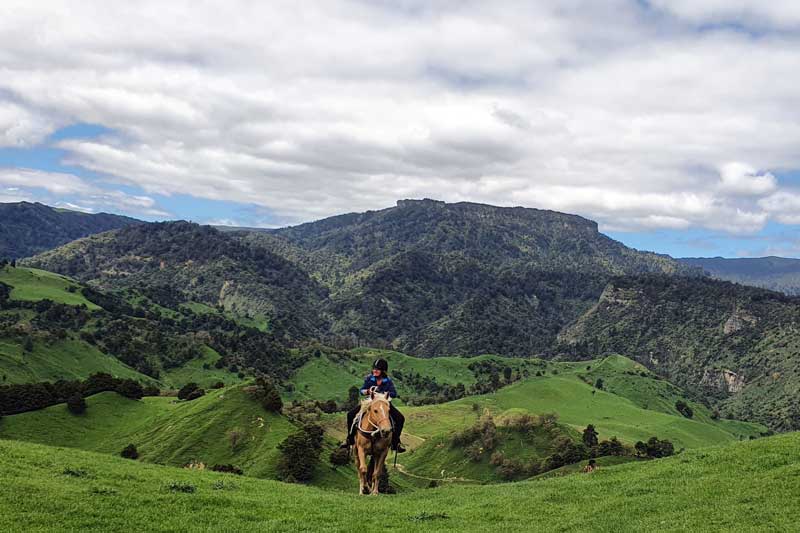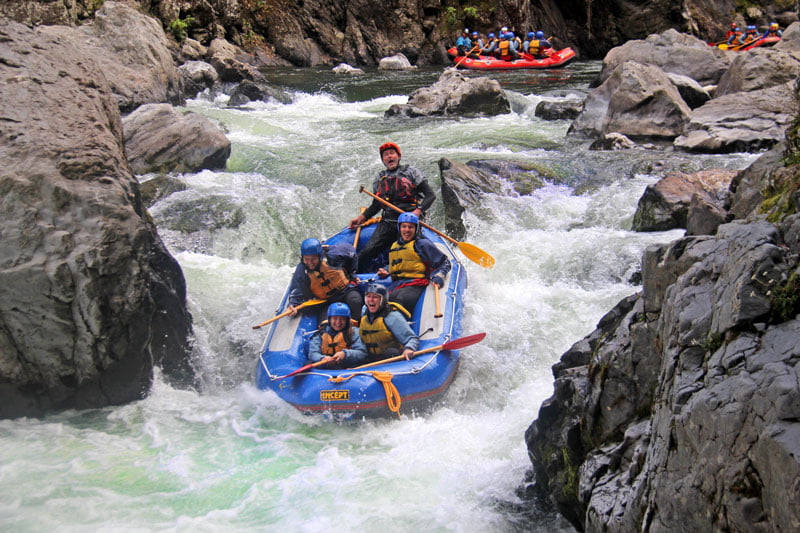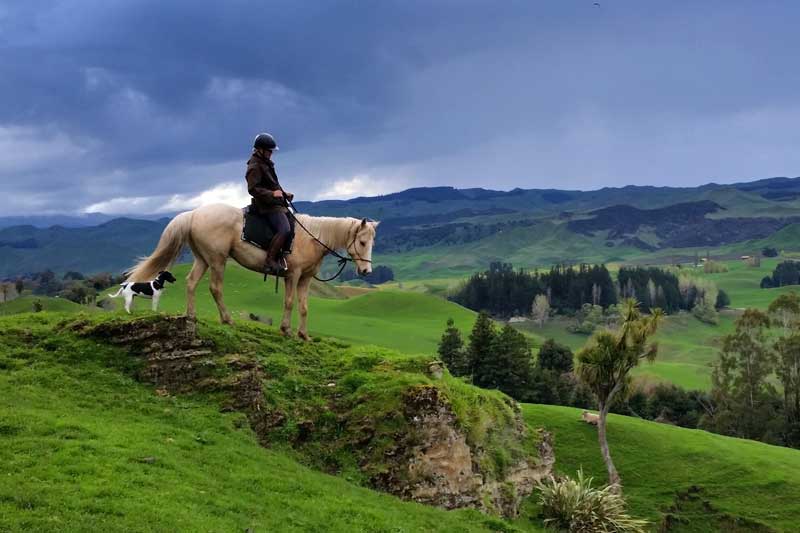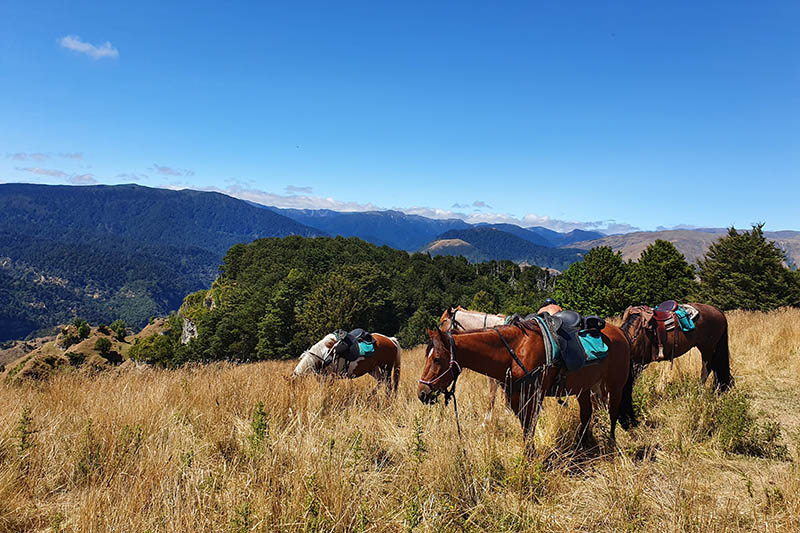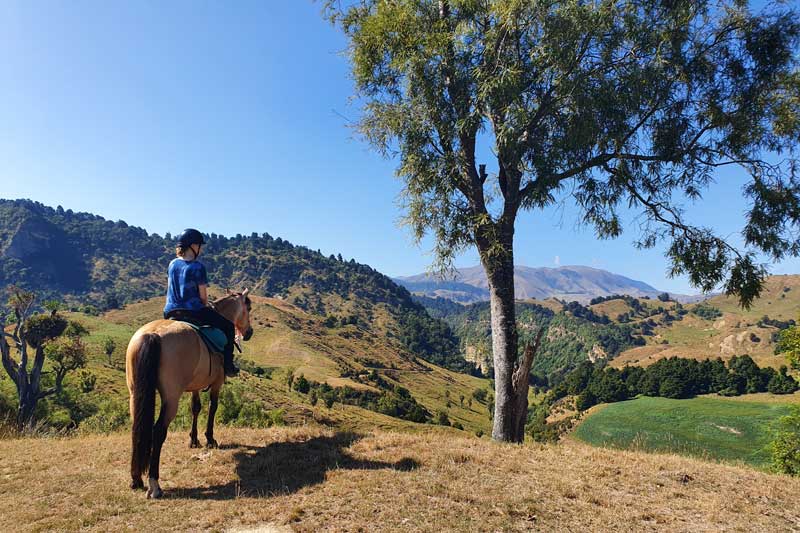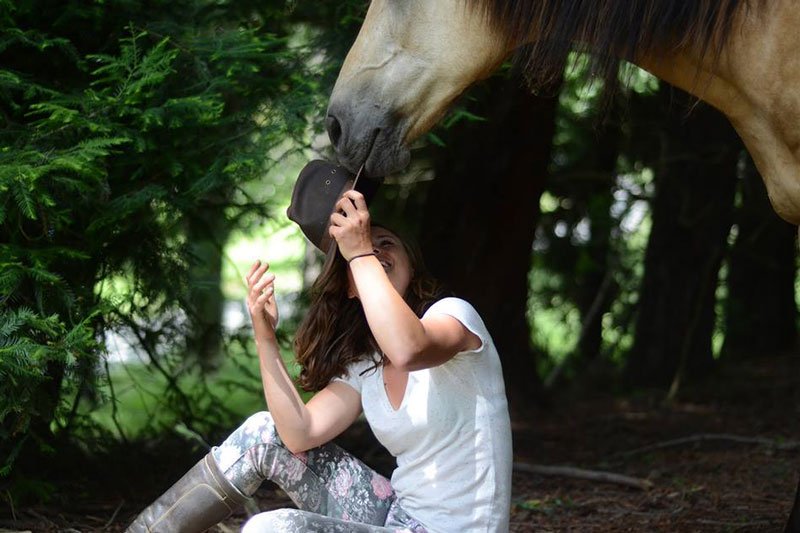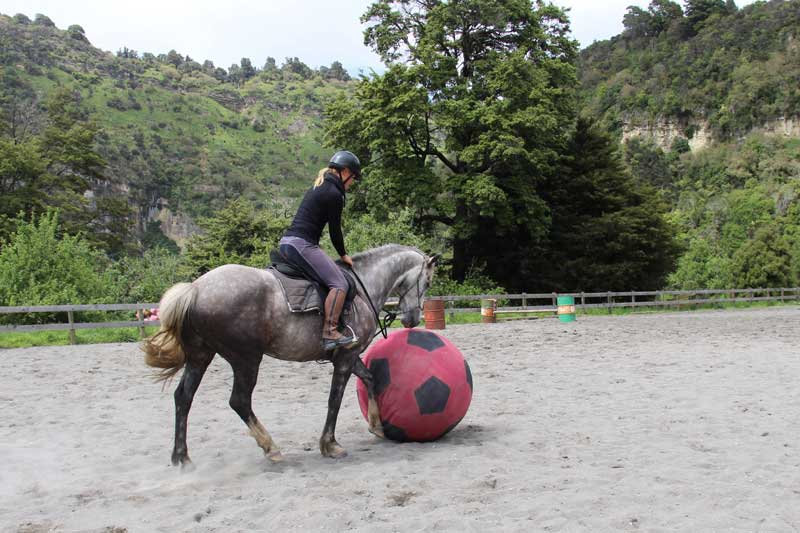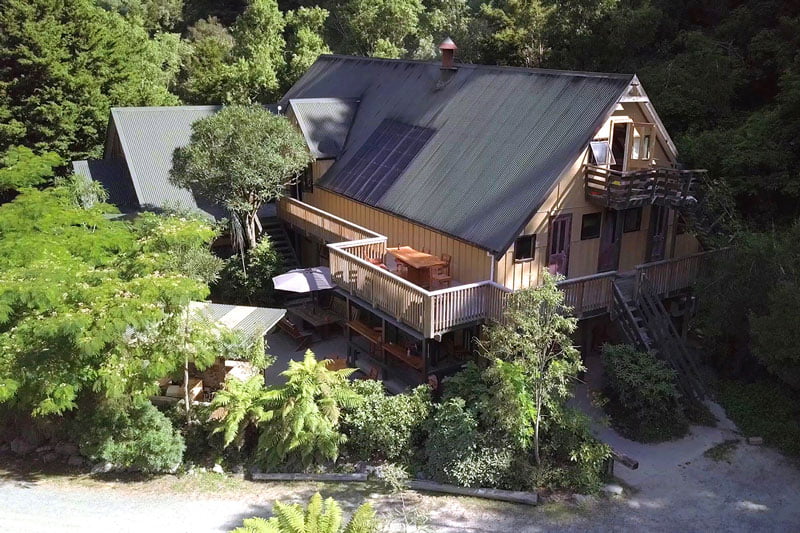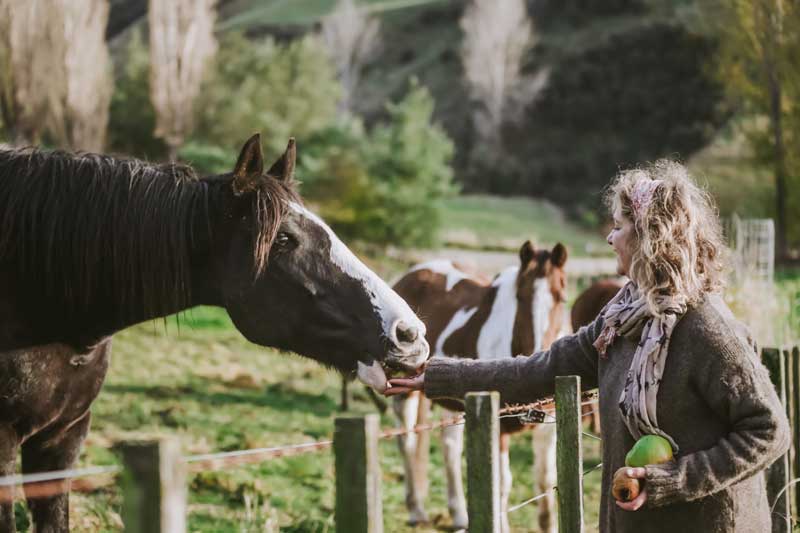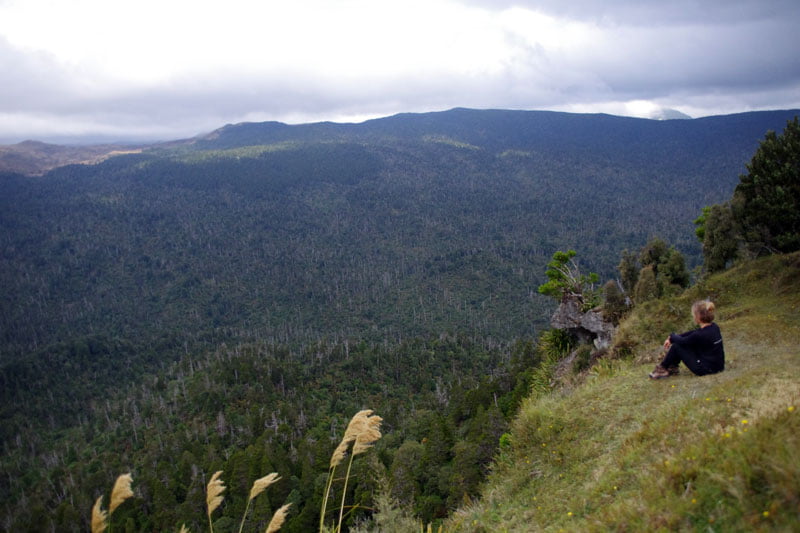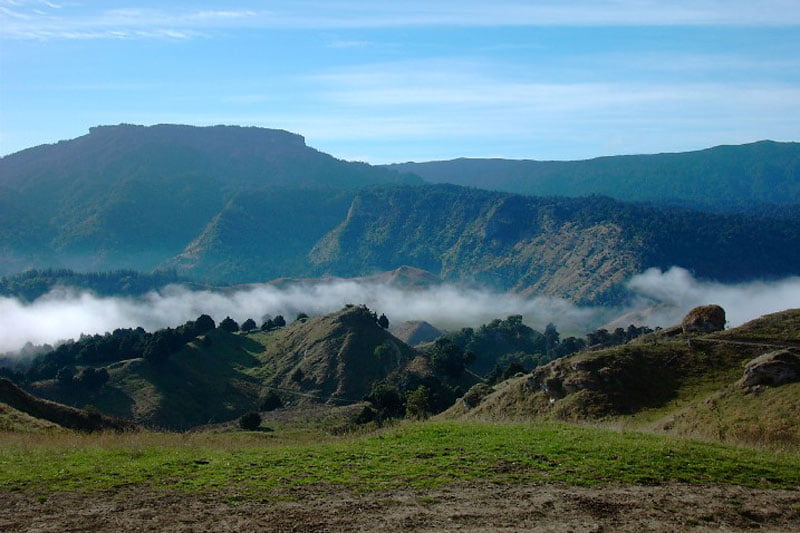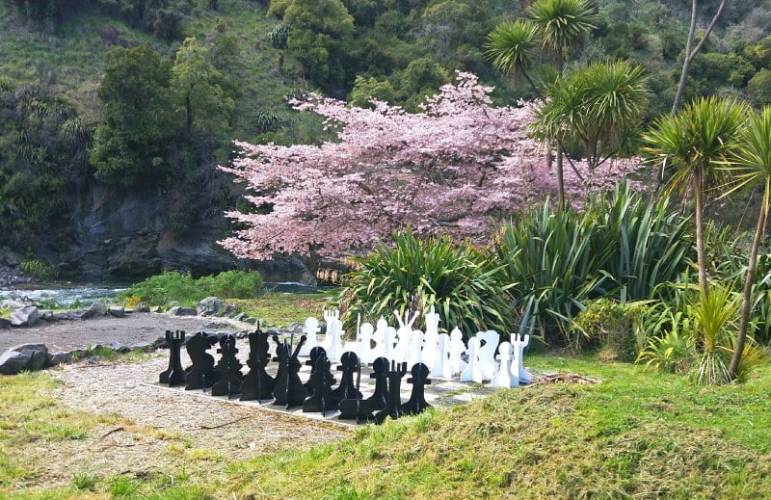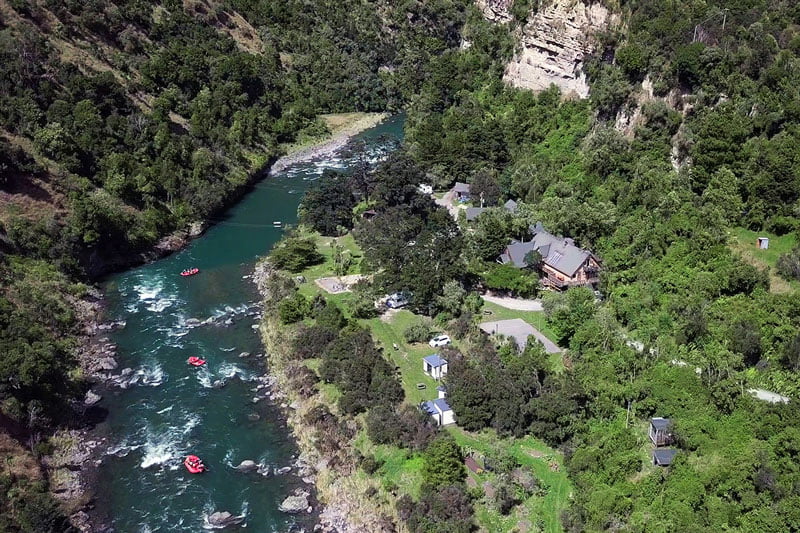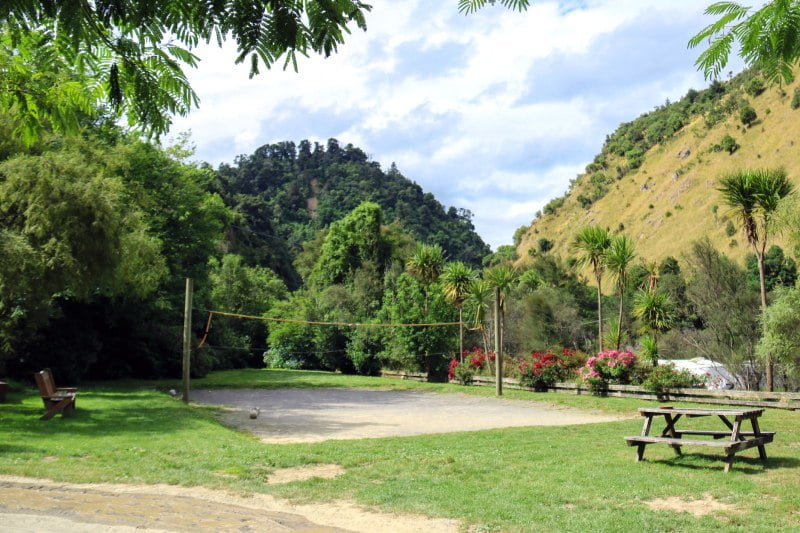As I sit here in my office writing this post, we are experiencing light and very welcome, warm rain outside. Our parched landscape needs this moisture.
While this summer has not been as dry as some we have endured over the last few years; it was still more than dry enough. Over the last several weeks, the hills have slowly turned from the gold of late summer to an almost flat tan colour. It is not only the colour of the hills that are evidence of a lack of rain. The Rangitikei River has been very low for what feels like months. The warm temperatures and low flows have encouraged a bloom of periphyton – the slime and algae that grows on rocks under the water surface – and is often present, floating freely in the water column, to the annoyance of fishermen
I would say that most people who live in rural communities, especially in areas prone to dry summers and drought, would call these baked hills and low rivers normal. And with nothing to compare this state of affairs with, maybe it is normal, or at least what we have been conditioned to view as normal.
I recently watched the film “Green Gold” (https://www.youtube.com/watch?v=YBLZmwlPa8A), a documentary produced in 2012 by Environmental Film Maker John D. Liu. This film covers some of the macro-environmental success stories, such as the revegetation of some of the Loess Plateau in China, an area the size of the Netherlands, to smaller-scale success stories in Ethiopia, Rwanda and elsewhere.
Some of the success of these projects is, in my view, staggering, especially when you see the before and after film clips. Life has returned to hills long denuded of vegetation. Wildlife has also returned, while the local people have enjoyed these projects’ success in healthier, more plentiful crops and poverty alleviation.
To begin with, what caused the degradation of this landscape?
I think this is a critically important question. The Loess Plateau is the cradle of the Han Chinese civilisation. It has been farmed for thousands of years. Some of the film’s footage is of areas in the Middle East, the scarred barren, dry hills and desert, were once the Promised Land, the Cedar Forests of Lebanon, and supposedly held the mythical Garden of Eden. This area was also one of the cradles of civilisation. These barren landscapes now grow little, and those people they still support often live in poverty.
This change from an environment of plenty to one of degradation did not happen overnight. Instead, it has occurred, primarily driven by human action. Those barren hills stand testament to thousands of years of tree cutting, wetland drainage, and overgrazing. No doubt to the inhabitants at any specific time, the changes were small, but the changes were immense when measured over such a long time period.
Even now, we are only beginning to understand how land-use changes can have unforeseen consequences. A case in point is the drop off in rainfall in Eastern Spain. New research now links the rain’s decline to the drainage of wetlands and urban development on this coast. Previously, trees and wetlands in this area directly contributed to the amount of rainfall falling there. Where is the rain now going to instead? With these changes in weather patterns, it is now believed that central Europe is receiving more rain. Human-induced landscape changes leading to drought on the east coast of Spain are contributing to flooding in Germany.
This brings me back to the dry hills at home.
In no more than 150 years since the first European settlement, we have drained 90% of New Zealand’s wetlands. We have cleared immense areas of native forest, both in flatter areas and on steep hill country. Weather patterns are changing. Without wetlands, trees and forests, intense runoff from rainfall events is increasing. Late summer and autumn droughts are now almost the norm.
All this in only 150 years, and yet we pat ourselves on the back as great landscape custodians. My question is, and considering the evidence from the past and elsewhere, do we really believe that the way we look after our landscape will be sustainable for hundreds or even thousands of years?
On our current trajectory, what will these dry summer hills of Aotearoa look like in 100 years, let alone 3000 years?
Brian Megaw

